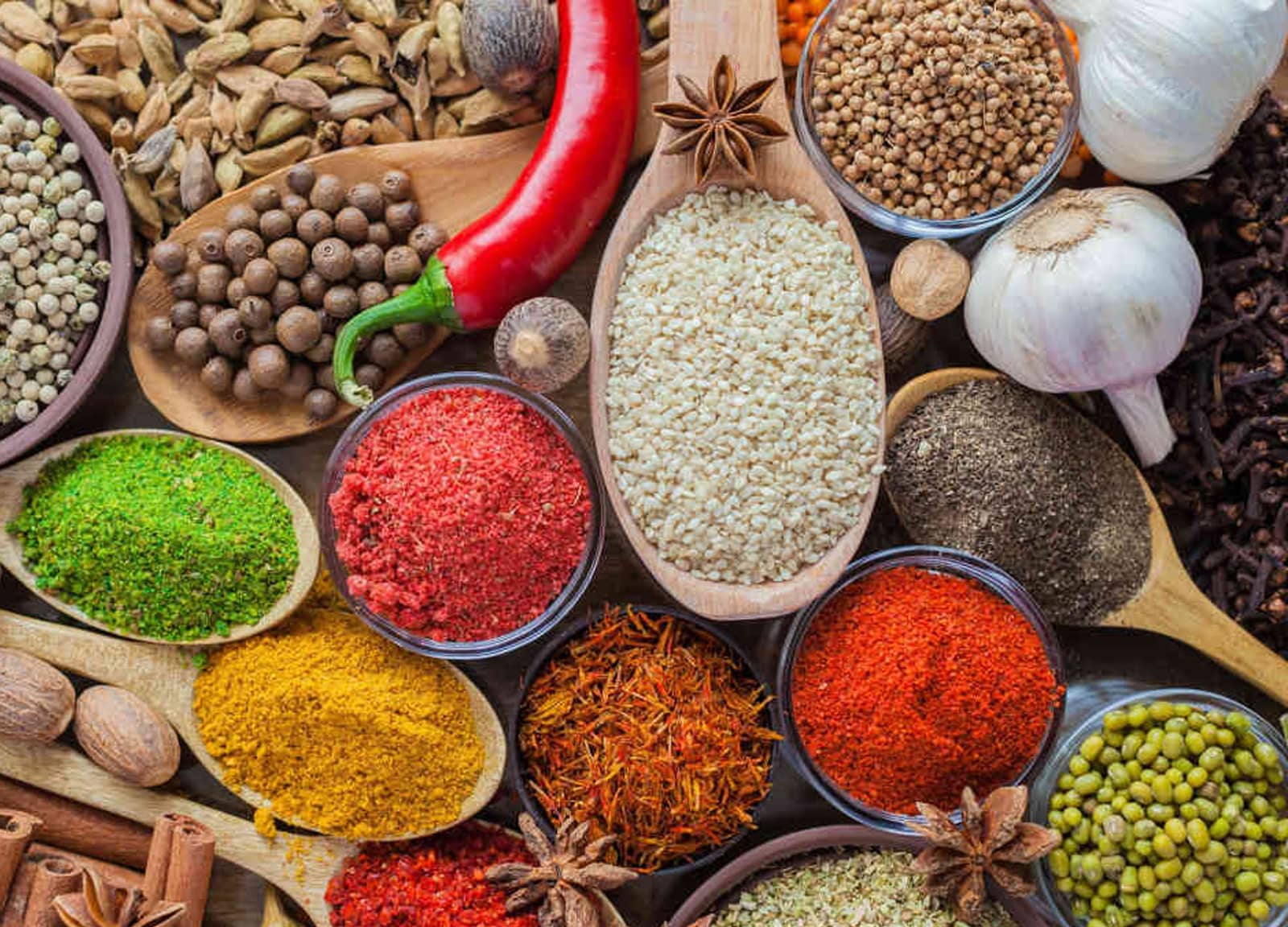10 Most Used Ingredients in Turkish Cuisine

Turkish cuisine is a culinary culture full of flavor. Due to Turkey's position between Eastern and Western cultures, Istanbul is a place where civilizations meet culturally, linguistically, and gastronomically. Delicious products from Western cuisine, Mediterranean cuisine, and Eastern cuisine have contributed to Turkish cuisine. Let's examine the 10 most commonly found ingredients in Turkish food.
10 Products Enriching Turkish Cuisine
1- Cinnamon
In the Middle Ages, the Arabs had a monopoly on cinnamon, which made it extremely expensive. The upper class sought luxury goods to complement their social position. These people used to import spices such as cinnamon to display on their tables. Arab traders deceived consumers by telling bizarre stories about the origin of their cinnamon to raise prices.
Herodotus (the first historian in history) wrote that giant birds carried cinnamon sticks to their nests on a mountain too high for humans to climb. It is claimed that traders trapped the birds with ox meat and that the birds dropped cinnamon sticks as they approached the meat.
Today, Cinnamon Cinnamon is produced in Sri Lanka and exported to Turkey. Cinnamon is mostly used in Turkish cuisine.
2- Cream
Although the cream is an English invention, it has found a place on Turkish breakfast tables. Turkish cream is made from domesticated buffalo milk. The cream is similar to milk but less liquid, solid, and sweeter.
The cream is made by boiling buffalo milk for hours on low heat. When the cream starts to form, the top is peeled off and left to cool. The cream is slightly fermented to give it a sour taste.
60% of cream contains fat. Kaymak is always served at a traditional Turkish breakfast and is best paired with sour cherry jam and honey on fresh Turkish pastries.
3- Feta Cheese
Feta cheese is served at every meal and accompanies almost every meal.
Storing milk in animal hides allows the liquid to interact with bacteria in the stomach lining, turning it into a new phenomenon. We still prefer this tactic for the cheese we use on our tables.
The first written record of feta comes from the Byzantine Empire, so it has its origins in modern-day Turkey rather than Greece.
4- Tomato
Tomato is a product that entered Turkish cuisine much later. However, it soon found a place for itself between kebab and tantuni. While red tomatoes are almost always on the table, green tomatoes are used for pickles. Turks use tomatoes in soups, salads, and delicious sauces.
5- Pistachios
Pistachios may be the most Turkish of all the ingredients on this list. Pistachios are native to the Middle East, and archaeological evidence indicates that they were eaten in Turkey around 7000 BC. Muslim legend claims that peanuts were brought into the world by Adam from the Garden of Eden.
Pistachios have been used as medicine for toothaches and liver problems. Pistachio is a widely consumed food by tourists due to its long shelf life and easy transportation. Pistachios decorate most Turkish desserts. It is usually sprinkled on baklava, cake, and pudding.
6- Rose Water
Rosewater is made by distilling rose petals. It gives desserts a light rose scent and the flavor gets stronger with every bite. Rosewater adds color to dairy dishes such as yogurt and milk, as well as desserts such as rice pudding and cakes. Putting some rose water on a plate gives it an extra dimension that is both elegant and fragrant.
7- Sesame
The word sesame comes from the Arabic simsim and was widely used by the Muslim empires.
In Turkey, sesame is generally added as a garnish on the eclairs. Bagels are traditionally covered with sesame, as are croissants and sandwich bread.
8- Mastic
It is a resin obtained from an evergreen tree that grows on an island called Chios. Mastic gum has a slippery texture and tastes like a blend of olive oil and mint. Mastic gum makes Turkish coffee drink softer and softens the taste of bitter coffee grains.
9- Pomegranate
Pomegranate is perhaps the most popular Middle Eastern fruit. Native to Iran, the pomegranate has been eaten in this region since 3000 BC. Ottomans used pomegranate instead of lemon. Like pistachios, pomegranates are used as decorations in Turkish desserts.
10- Cherry
Sour cherries are different from regular cherries. Cherries are smaller and darker red in color and, as the name suggests, are sourer than regular cherries. Their season is from June to August. Since cherry is not available in all seasons, its jam is made and stored in the refrigerator.


